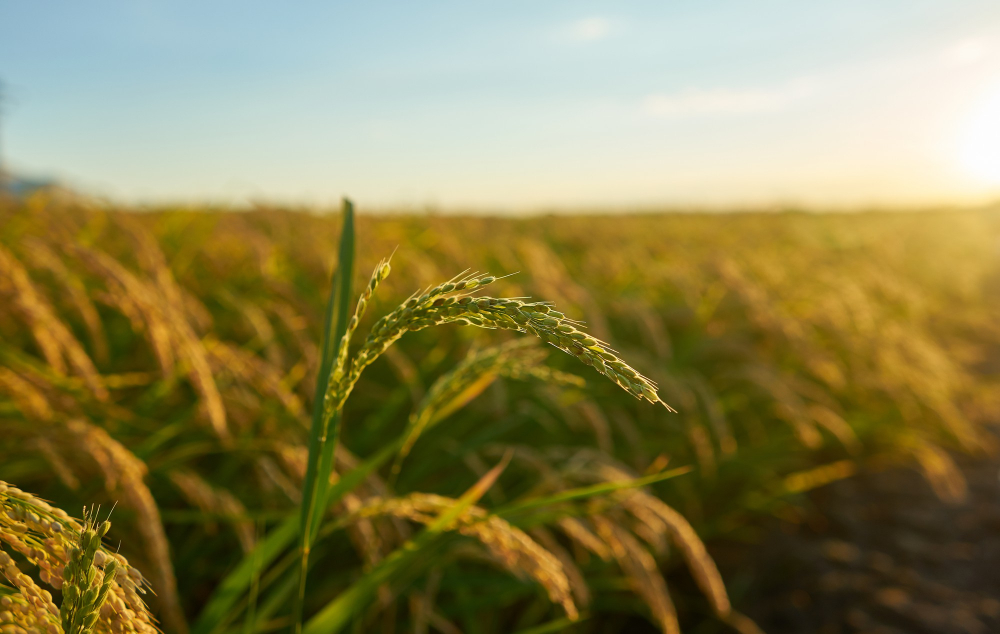Pest and disease outbreaks pose significant threats to agricultural productivity, food security, and economic stability worldwide. In response, advancements in pest and disease forecasting have become pivotal in mitigating these risks. This article explores the economic impacts of improved pest and disease forecasting, emphasizing its role in enhancing crop outlook and overall agricultural sustainability.
Understanding Pest and Disease Forecasting
Pest and disease forecasting involves predicting the occurrence, severity, and spread of pests and diseases in agricultural crops. It integrates various data sources, including climate data, crop phenology, pest life cycles, and disease epidemiology, to develop models that anticipate potential outbreaks. The goal is to provide early warnings and informed decision-making to minimize crop losses and optimize control strategies.
Importance of Crop Outlook
Crop outlook refers to the anticipated performance of agricultural crops based on factors such as weather conditions, pest and disease pressures, market demand, and agricultural practices. Improved pest and disease forecasting directly impacts crop outlook by enabling farmers, policymakers, and stakeholders to anticipate challenges and opportunities in agricultural production.
Economic Impacts of Improved Pest and Disease Forecasting
1. Reduced Crop Losses
One of the most significant economic benefits of improved pest and disease forecasting is the reduction in crop losses. Early detection and timely interventions based on accurate forecasts help farmers mitigate the impact of pests and diseases before they cause extensive damage. This preserves crop yields and ensures a stable food supply, reducing the economic losses associated with crop failures.
2. Optimized Resource Allocation
Effective pest and disease forecasting allows farmers to allocate resources more efficiently. By targeting interventions only when and where they are needed most, farmers can reduce unnecessary pesticide and fungicide applications. This not only lowers input costs but also minimizes environmental impacts and enhances agricultural sustainability.
3. Improved Market Stability
Stable crop production facilitated by accurate forecasting contributes to market stability. Predictable yields and reduced supply chain disruptions enable farmers to meet market demands consistently. This stability benefits both producers and consumers by reducing price volatility and ensuring reliable access to agricultural products.
4. Enhanced Risk Management
Farmers and agricultural stakeholders can better manage financial risks associated with crop production through improved forecasting. Access to reliable information about potential pest and disease threats allows for proactive risk mitigation strategies, such as crop insurance coverage and diversification of planting schedules. This enhances resilience against unforeseen challenges and improves long-term profitability.
5. Support for Sustainable Agriculture Practices
By minimizing the need for reactive pest and disease control measures, improved forecasting supports sustainable agriculture practices. Reduced reliance on chemical inputs promotes ecological balance, soil health, and biodiversity conservation. Sustainable farming practices not only benefit the environment but also contribute to long-term economic viability by preserving natural resources and minimizing production costs.
Case Studies: Demonstrating Economic Benefits
Case Study 1: Integrated Pest Management (IPM) in Citrus Orchards
In California, citrus growers have adopted IPM strategies enhanced by advanced forecasting models to manage pests like Asian citrus psyllid (ACP) and diseases such as citrus greening (Huanglongbing). By leveraging real-time weather data and predictive models, growers can time pesticide applications precisely, reducing costs and minimizing environmental impacts. This approach has resulted in improved citrus yields and enhanced market competitiveness.
Case Study 2: Wheat Rust Forecasting in South Asia
Wheat rust diseases, including stem rust and stripe rust, threaten wheat production across South Asia. Collaborative efforts between national agricultural research institutes, meteorological agencies, and international organizations have developed early warning systems using climate data and disease surveillance. Farmers receive alerts via mobile phones, enabling timely fungicide applications and preventing yield losses. This initiative has safeguarded wheat harvests, ensuring food security and economic stability in the region.
Challenges and Future Directions
Despite the clear economic benefits, challenges remain in scaling up and integrating pest and disease forecasting into agricultural practices globally:
– Data Accessibility and Quality: Access to timely and accurate data, including climate and pest surveillance data, is crucial for effective forecasting.
– Capacity Building: Training and equipping farmers with the skills and resources to interpret and act on forecasting information.
– Technological Integration: Integrating forecasting tools with existing agricultural systems and ensuring compatibility across different regions and farming practices.
– Socio-economic Factors: Addressing socio-economic disparities and ensuring equitable access to forecasting benefits among smallholder farmers and marginalized communities.
Looking forward, advancements in technology, including artificial intelligence and remote sensing, hold promise for enhancing the precision and scope of pest and disease forecasting. Improved data analytics and predictive modeling capabilities will further refine forecasting accuracy and support more informed decision-making across the agricultural sector.
Conclusion
Improved pest and disease forecasting plays a crucial role in shaping the economic landscape of agriculture by reducing crop losses, optimizing resource use, enhancing market stability, and supporting sustainable farming practices. By providing early warnings and actionable insights, forecasting empowers farmers and stakeholders to mitigate risks, improve productivity, and contribute to food security. As global challenges such as climate change and population growth intensify, investing in robust forecasting systems becomes increasingly essential for building resilient agricultural systems and ensuring economic prosperity in the face of uncertainty.

